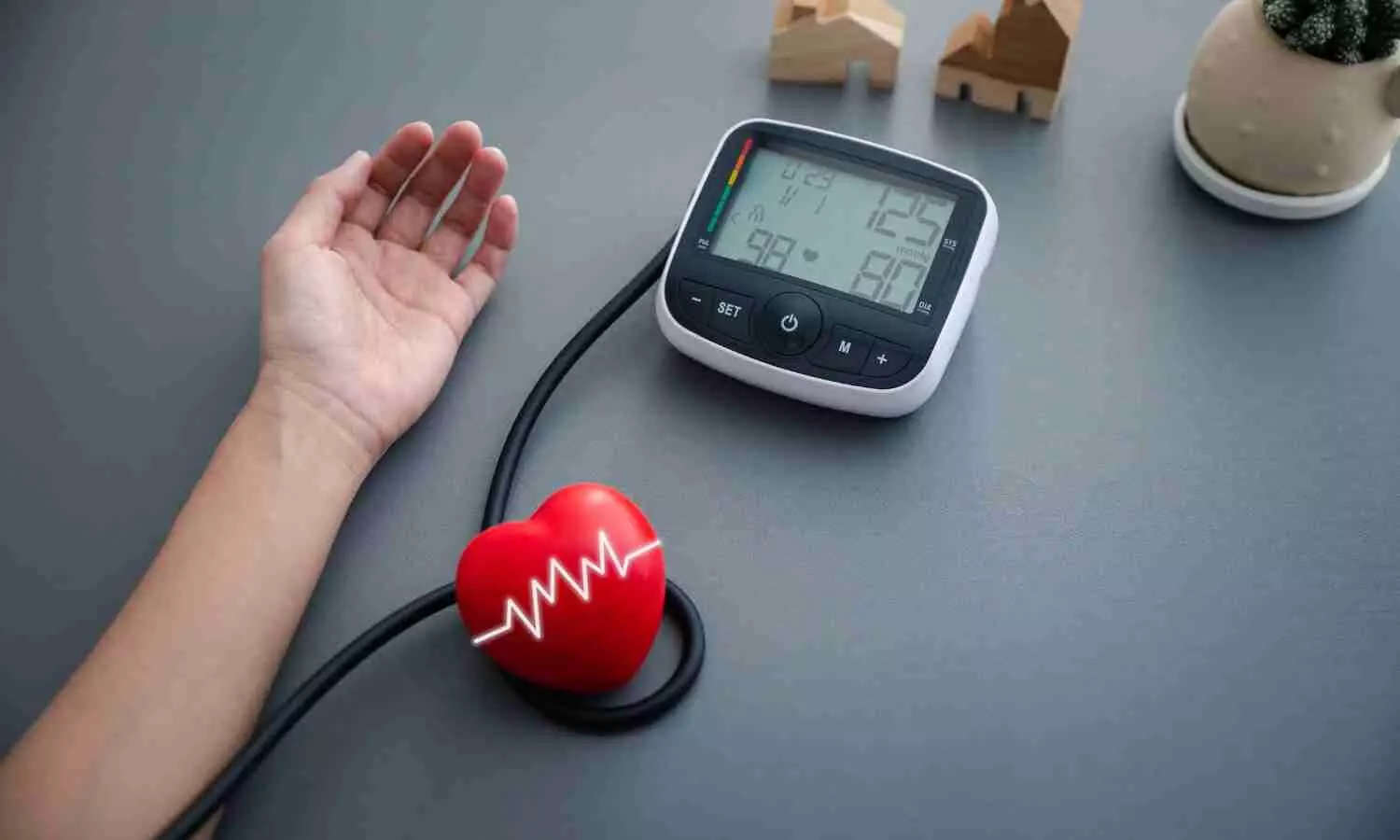Eye test could predict postoperative delirium in older patients, suggests study

Postoperative delirium is a common and serious complication affecting older surgical patients, often leading to prolonged hospital stays, increased need for long-term care, and a higher likelihood of cognitive decline and dementia. Despite its prevalence, identifying patients at risk of developing postoperative delirium remains a significant challenge. Prof. Yuan Shen, from Shanghai Mental Health Center, with her team may have found a solution to this issue.
The study, recently published in General Psychiatry, involved 169 patients aged 65 and older who were scheduled for elective surgeries such as hip or knee replacements, or kidney and prostate surgeries at Shanghai 10th People’s Hospital. As part of their preoperative assessment, participants underwent an eye imaging test called optical coherence tomography (OCT) to measure the thickness of the macular layer of the retina. The incidence and severity of postoperative delirium were assessed using the Confusion Assessment Method (CAM) algorithm and CAM-Severity (CAM-S) on the first three days following surgery.
Of the 169 participants, 40 (24%) developed postoperative delirium. These patients had a significantly thicker macular layer in their right eye compared to those who did not experience delirium (mean thickness of 283.35 µm vs. 273.84 µm). The study also found that a thicker preoperative macular layer in the right eye was associated with a 1.593 higher odds of developing postoperative delirium and a greater severity of the condition. Interestingly, the study found no such association in the left eye. The reasons for such asymmetry are not currently well understood.
However, the study has several limitations, including the small sample size and lacks of examination of potential confounding factors. “Further large-scale validation studies with larger samples are needed to confirm these results,” Prof. Yuan Shen noted.
As the population ages, the incidence of postoperative delirium is likely to increase, making the need for effective screening tools more urgent. By leveraging retinal imaging, macular thickness may serve as a non-invasive biomarker to identify individuals vulnerable to developing postoperative delirium after anesthesia and surgery.
Reference:
Zhongyong Shi, Xin Ma, Tianyi Tang, Meijuan Wang, Hailin Zheng, Yupeng Chen, Jingxiao Hu, Ariel Mueller, Timothy T Houle, Edward R Marcantonio, Zhongcong Xie, Yuan Shen – Association between retinal layer thickness and postoperative delirium in older patients: General Psychiatry 2025;38:e101740.
Powered by WPeMatico




